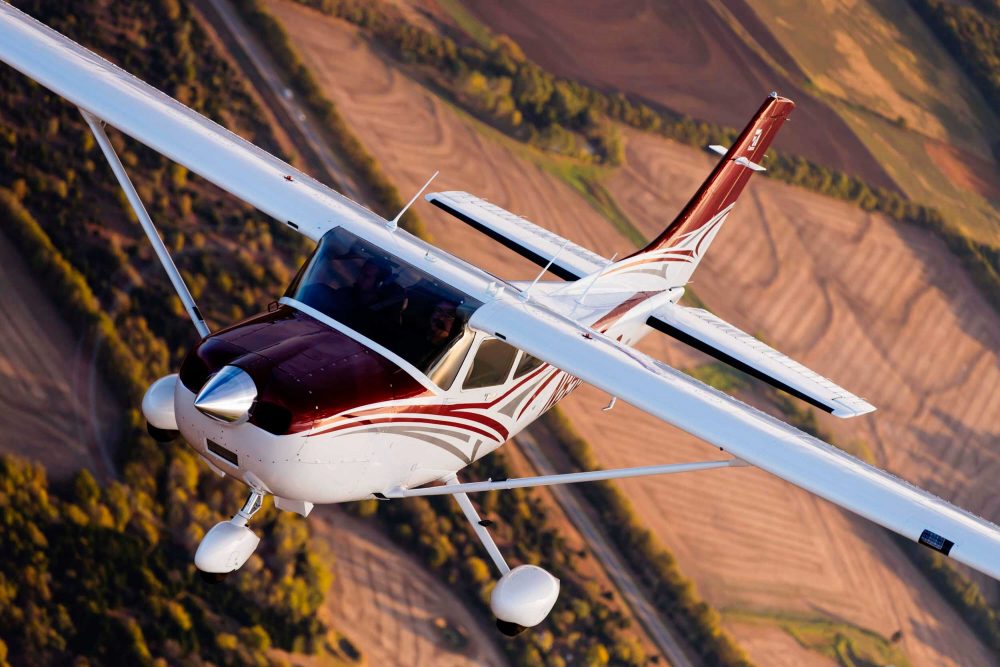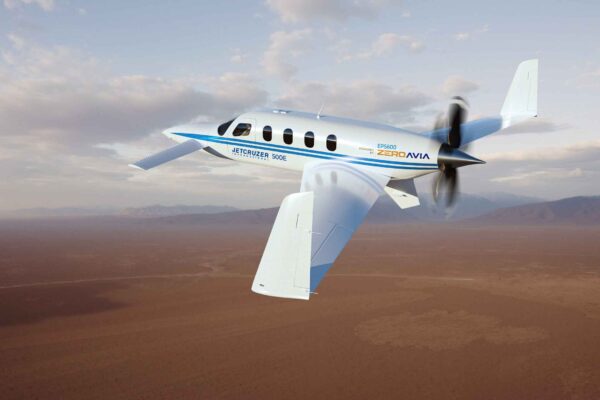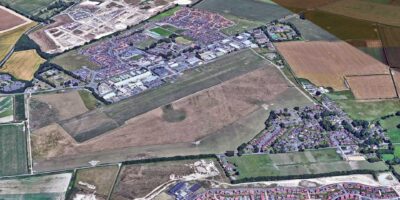On 25 August 2016, new rules regarding non-commercial air operations with both aeroplanes and helicopters will come into force across all 32 EASA states – that’s the 28 European Union countries plus Iceland, Liechtenstein, Norway and Switzerland.
The UK, despite Brexit, is still part of EASA and likely to remain so. EASA has gone to great lengths to emphasise that the new rules are proportional to the complexity of the aircraft, rather than being the same as for fare-paying passenger flights in commercial airliners.
Having said that there is a single set of rules, they are divided into two parts. The one we’re interested in is called Part-NCO. That stands for Non-Commercial flights in Other-than-complex motor-powered EASA aircraft. It applies to both EASA aircraft registered in an EASA state and also to EASA aircraft registered in a non-EASA state but where the operator is established or resident in an EASA state. So, if you fly either a G-reg or an N-reg Cessna 182 and live in the UK, then it applies to you.
However, you will have noticed Part-NCO only applies to EASA aircraft – that’s aircraft holding a Certificate of Airworthiness granted by EASA. Aircraft operating under a UK Permit to Fly, such as homebuilts, microlights, certain classic aircraft and certain ‘orphan’ aircraft are not affected. These aircraft will continue to be regulated by the UK’s Air Navigation Order (ANO). Having said that, the ANO has been through a review as well to align it with the new EASA regulations “where possible” according to the CAA. The revised ANO will come into force at the same time as the EASA Air Ops Regulations, on 25 August 2016. The CAA has confirmed that the ELT/PLB rule (see below) does not apply to Permit aircraft.
The other set of rules coming into effect on 25 August 2016 is known as Part-NCC, which stands for Non-Commercial operations with Complex motor-powered aircraft. This is really aimed at private operators of business jets, bigger turboprop twins and bigger helicopters who don’t have an Air Operator’s Certificate (AOC). The aviation authorities want these Part-NCC operators to work to similar standards as AOC holders, partly to raise standards but also to try and reduce what’s known as the ‘grey’ market where private aircraft are being used illegally for commercial flights. Part-NCC operators also have to comply with Part-ORO (Organisation Requirements for Air Operations) and Part-SPA (Specific Approvals, such as: Low Visibility Ops (LVO); Reduced Vertical Separation Minima (RVSM); Dangerous Goods; and Helicopter Hoist Ops (HHO) – so thank your lucky stars we didn’t get all of that.
What does Part-NCO cover?
Much of Part-NCO is very similar to what’s already in existing regulations. It’s just that EASA likes to specify everything and apply it across the board. Good news part one is that there’s nothing too onerous or difficult in Part-NCO. You’re probably complying with most of it already. Good news part two is that EASA has made it very clear that national aviation authorities cannot add extra requirements. ‘Gold-plating’ is not allowed.
“One harmonised rule, applicable across 32 countries, simplifying cross-border operations,” says EASA’s introduction. “[These are] Light regulations, based on existing good practices in many European states, focusing on good airmanship.”
Here’s the list of topics covered, much of which will also be covered in the aircraft’s flight manual or Pilot’s Operating Handbook:
- Pilot-in-Command responsibilities and authority
- Taxying of aeroplanes
- Rotor engagement
- Portable electronic devices
- Emergency and survival equipment
- Documents, manuals and information to be carried
- Transport of dangerous goods
- Journey log (see section below)
- Minimum equipment list
- Use of aerodromes and operating sites
- Aerodrome operating minima
- Passenger briefing
- Refuelling
- Carriage of passengers
- Meteorological conditions
- Ice and other contaminants
- Take-off conditions
- Approach and landing conditions
- Aircraft performance and operating limitations
- Weighing
- Instruments, data and equipment
- Operations under VFR and IFR
- Terrain Awareness Warning System (TAWS)
- Flight crew intercom
- Seats and safety belts
- First-aid kit
- Supplemental oxygen
- Marking of break-in points
- Emergency locator transmitter
- Flight over water
- Radio communications equipment
- Navigation equipment
- Operating lights.
All EASA aircraft to carry an ELT or PLB
For types with a Certificate of Airworthiness issued after 1 July 2008, the ELT must be automatic, and all ELTs must be capable of transmitting on 121.5 MHz and 406 MHz. In a hard won concession, a PLB is acceptable for aircraft with six seats or less.
All EASA aircraft to carry a First Aid Kit
The following should be included:
- Bandages (assorted sizes)
- Burns dressings (large and small)
- Wound dressings (large and small)
- Adhesive dressings (assorted sizes)
- Antiseptic wound cleaner
- Safety scissors
- Disposable gloves.
Cost-sharing
EASA is putting clear space between commercial (for fare-paying passengers) and non-commercial operations and it has recognised that cost-sharing between friends and colleagues is an established practice. So, if you and some mates fly your syndicate-owned Cessna 172 to Le Touquet for lunch, you might well want to split the direct costs, i.e. fuel. Part-NCO allows this for non-complex aircraft but the number of occupants is limited to six, including the pilot, and there must be no element of profit.
Mind you, EASA also says in its advice that if you’re the pilot, you need to point out to your passengers that Part-NCO offers a lower level of protection compared to that for commercial air transport. Good luck doing that without terrifying them.
Dangerous goods and oxygen
EASA recognises that pilots of General Aviation aircraft may want to carry on board the aircraft items which would normally be described as Dangerous Goods. Under Part-NCO, you’re allowed to carry articles and substances for operational purposes, such as aircraft spare parts, components/substances needed for aircraft repair, oil (for aircraft engine/gearbox), aircraft fuel, de-icing fluid, aircraft battery and an air starter unit.
Cunningly, Part-NCO puts the responsibility for these items firmly with the pilot. You should be aware of what the dangerous goods are, and what your passengers might be carrying as well. EASA has complicated this by saying that operators should develop a training programme for dangerous goods that has to be approved by a competent authority, such as the CAA. However, it’s not the intention for this to apply to Part-NCO operators so there’s an alleviation to remove the necessity of this. Eh? However, EASA has told member states to mount a safety promotion scheme to ensure proper awareness of dangerous goods.
Slightly clearer is the section on oxygen requirements. If you’re flying above 10,000ft then you should have an oxygen system on board, obviously. For some reason, EASA has felt the need to highlight this and says the pilot ‘should take into account the altitude and the duration of the flight, other relevant operational conditions and the individual conditions of all persons on board.’ Part-NCO contains guidance on how to monitor and detect hypoxia symptoms ‘and will be further developed in a dedicated leaflet’.
The Journey Log
A journey log has long been mandatory for commercial operators but this is the first time it’s been applied to private flying in the UK; it is already commonplace in many other EU states. The journey log is not that onerous and can be kept on paper, i.e. as another logbook, or electronically so long as access is assured. Part-NCO requires this info be kept for the journey log (it is identical to that required by ICAO for commercial operators):
- Aircraft nationality and registration
- Date
- Name of crew members
- Duty assignments of crew members, if applicable
- Place of departure
- Place of arrival
- Time of departure
- Time of arrival
- Hours of flight
- Nature of flight
- Incidents and observations (if any)
- Signature of the pilot-in-command.
Balloons and sailplanes
There were howls of despair from balloon and sailplane (glider) operators when the initial Air Ops Regulation was announced. It was out of touch with what’s realistic and placed a disproportionate burden on what should be the simplest forms of flying. However, EASA listened and, in its own words, went back to the drawing board, and is producing standalone regulations for the two types of flying for both commercial and non-commercial operations.
Acceptable Means of Compliance and Guidance
If you’re interested in reading all this in detail – and you should, according to the CAA – then EASA has issued what it calls Acceptable Means of Compliance and Guidance Material to Part-NCO. Yes, it’s a 98-page document that’s a bit scary at first sight but when you work your way through it, it’s actually written in fairly straightforward English as opposed to the convoluted legalese of old. It can be downloaded from the EASA General Aviation website.
For the really keen, there’s another document available which has all the above in even more detail. It’s an eye-watering 1,683 pages long and 14mb. Download it here.
So what is an ELT?
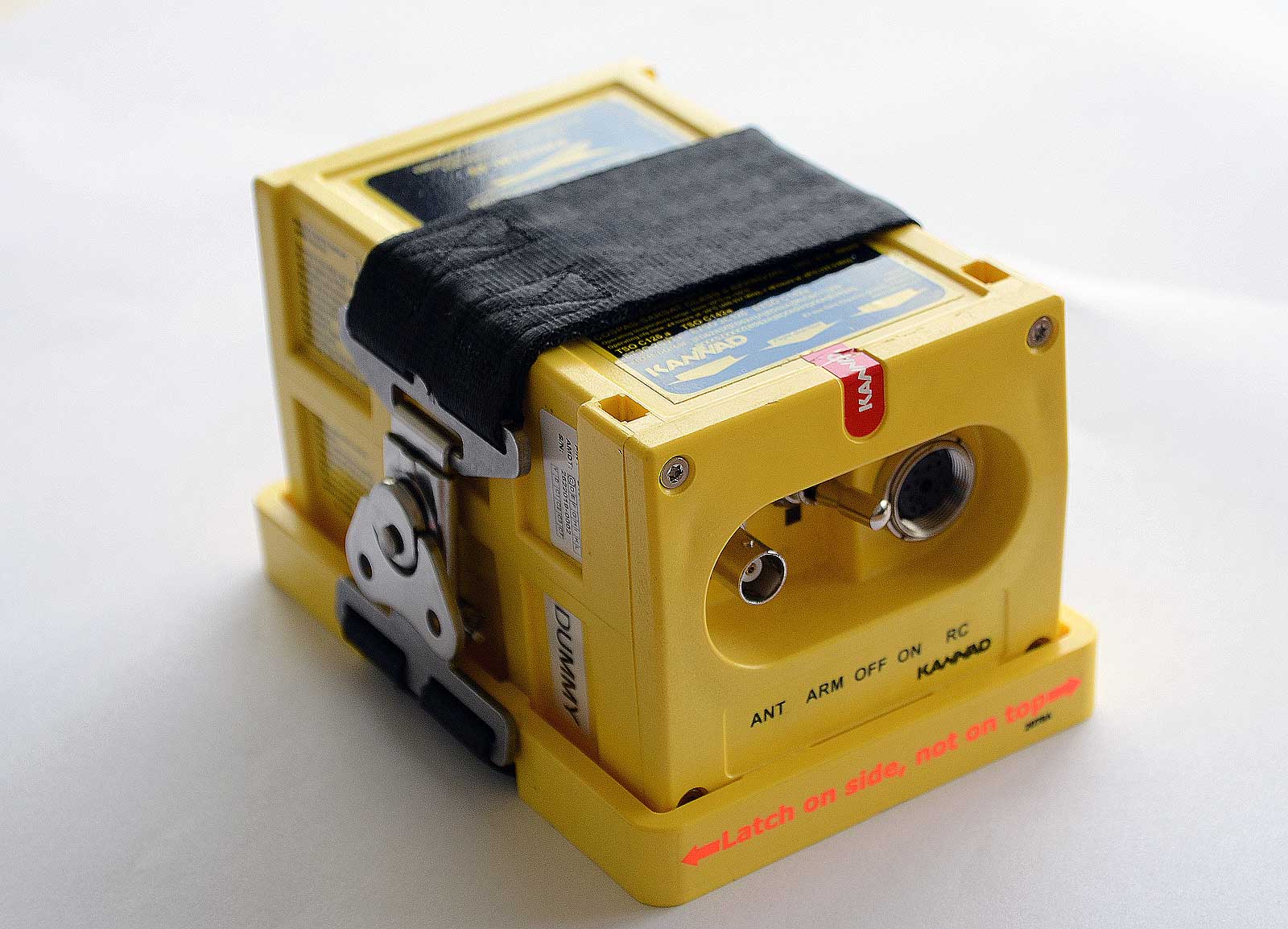
This is McMurdo’s Integra ELT.
An ELT is a battery-powered electronic device which is fitted to the aircraft, usually in the rear of the fuselage, with an external antenna. Modern ELTs have an in-built GPS unit.
The ELT is designed to set itself off during the impact of a crash when it will transmit a distress signal on 406 MHz and a homing signal on 121.5 MHz. The pilot can also set off the ELT via a switch in the cockpit when, for instance, he’s made a low impact forced landing but still needs rescuing.
The transmission contains aircraft model, callsign, GPS coordinates and a Search & Rescue (SAR) request. It will be picked up by what’s known as the COSPAS-SARSAT satellite system within minutes, and will determine your position. Search and Rescue services will be alerted and home into your location via the signal. The ELT is registered to the aircraft.
There are four different types of ELT:
- Automatic Fixed, automatically activated and permanently attached to the aircraft
- Automatic Portable, automatically activated and rigidly attached to the aircraft before a crash but readily removable after a crash. It can then be tethered to a survivor or life-raft
- Automatic Deployable, rigidly attached before the crash and automatically ejected, deployed and activated by an impact or, sometimes, water. This type of ELT should float
- Survival ELT, removable, stowed for an emergency and activated manually by a survivor, or automatically (e.g. by contact with water).
So what is a PLB?
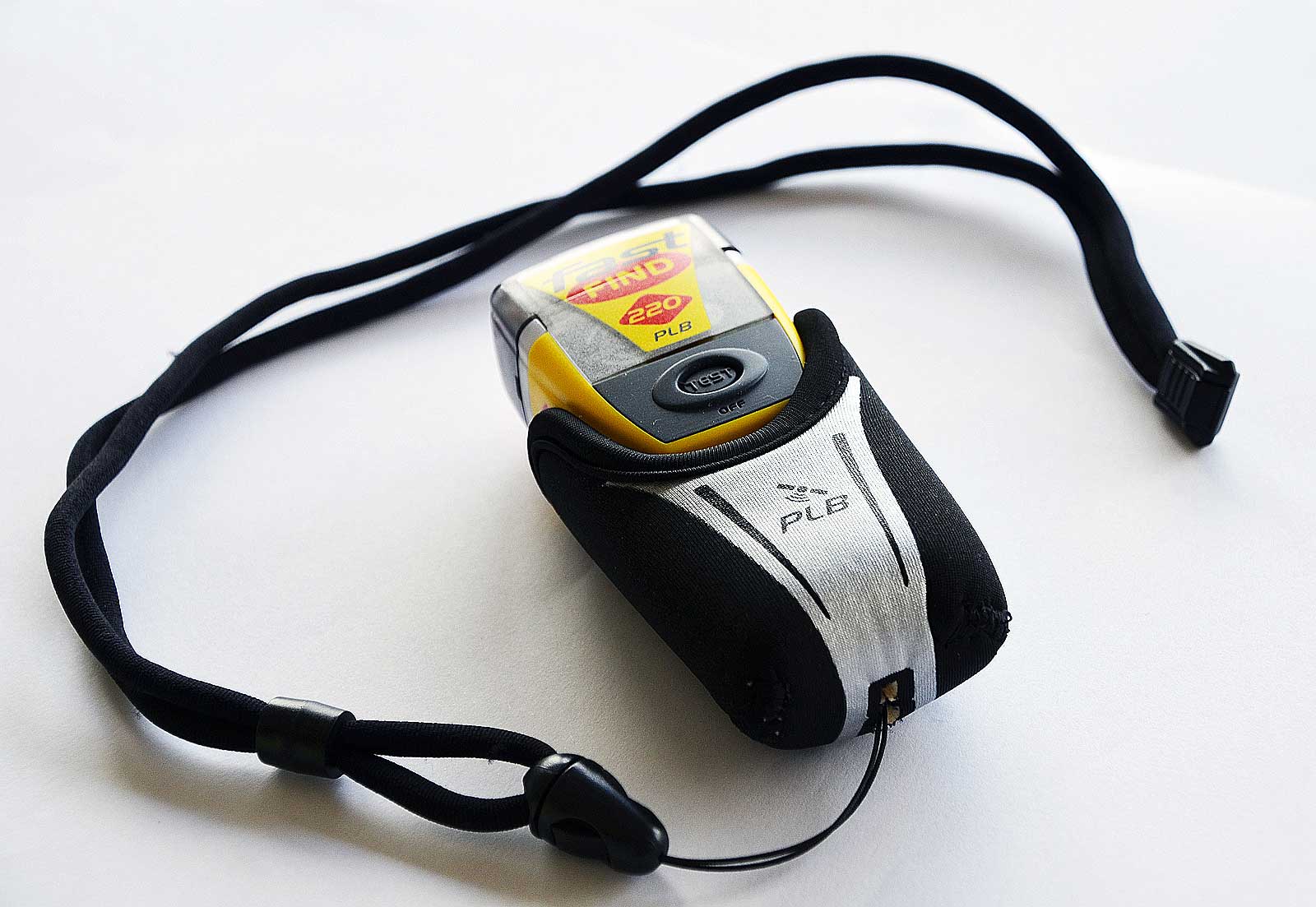
This is a Personal Locator Beacon (PLB), suitable in place of an ELT in aircraft with six seats or fewer.
A PLB works in a similar way but, as the name suggests, it’s a personal device and is activated by whoever is carrying it. It’s smaller than an ELT and has its own antenna. It’s only acceptable to EASA as an alternative to an ELT in aircraft with maximum passenger seating of six or less. It is registered to a person, rather than the aircraft, and thus can be used in different aircraft, on a boat or even while hiking. Part-NCO says that when a PLB is carried by a passenger, he/she should be briefed on its characteristics and use by the pilot-in-command before the flight.
Both ELTs and PLBs should be registered with the UK Beacon Registery, part of the UK coastguard agency. It can be done online at: https://forms.dft.gov.uk/mca-sar-epirb/
Obviously, being battery-powered, the battery life is important and Part-NCO goes into some detail on this but basically when the battery is 50% exhausted it should be replaced or recharged if that’s possible. Expiry dates for batteries should be clearly marked on the outside. ELTs are checked during the annual.
Part-NCC
So what is a complex aircraft? Here are the official definitions.
1 Aeroplanes
- with a maximum certificated take-off mass exceeding 5,700kg, or
- certificated for a maximum passenger seating configuration of more than 19, or
- certificated for operation with a minimum crew of at least two pilots, or
- equipped with (a) turbojet engine(s)
2 Helicopters
- with a maximum take-off mass exceeding 3,175kg, or
- certificated for a maximum passenger seating configuration of more than nine, or
- certificated for operation with a minimum crew of at least two pilots.
Although light twin turboprop aeroplanes would qualify as complex aircraft under the definition in the EASA Basic Regulation, a derogation was agreed at EU level to allow non-commercial operations of twin turboprop aeroplanes (with an MCTOM of 5,700kg or less), to be operated under Part-NCO rules instead of Part-NCC. Operators of these types of aircraft will not have to comply with Part-ORO (Organisation Requirements for Air Operations) of the Regulation (EU) No 965/2012 on air operations.


